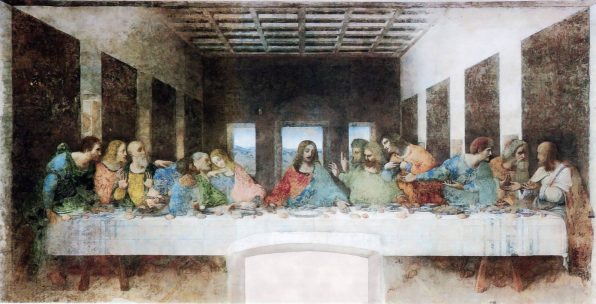
Art, an enduring testament to human creativity, transcends time to speak to the hearts and minds of generations. It serves as a window into the past, a mirror reflecting our present, and a legacy bestowed upon the future. However, as the relentless march of time takes its toll, artworks become vulnerable to deterioration, damage, and decay. In this article, we embark on an in-depth exploration of the captivating and intricate world of art conservation and restoration. Here, we delve deep into the processes and principles that guide these unsung heroes of the art world, who are entrusted with the sacred duty of preserving the world’s cultural heritage, one priceless masterpiece at a time.
The Art of Art Conservation
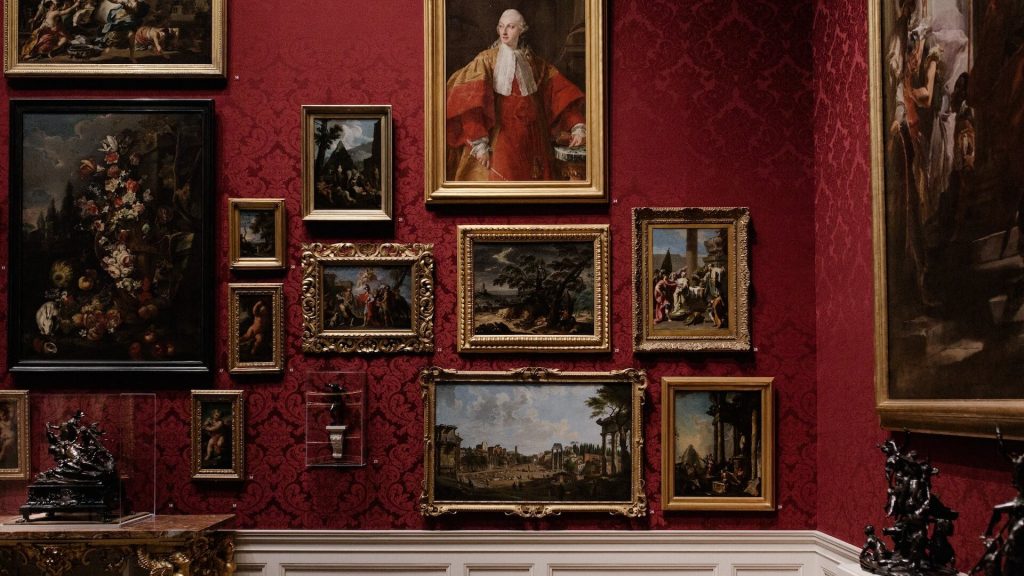
Art conservation, a nuanced and multifaceted discipline, extends far beyond mere repair. It is a comprehensive process involving the meticulous examination, documentation, and preservation of artworks spanning various mediums. Whether it is a centuries-old oil painting, a fragile marble sculpture, or a delicate textile tapestry, conservators are tasked with the profound responsibility of ensuring that these cultural treasures not only endure but flourish through the ages.
Conservation begins with a detailed assessment of an artwork’s condition. Conservators employ a blend of technical skills and art historical knowledge to identify issues such as structural weaknesses, pigment deterioration, and previous restoration work. This initial analysis serves as the foundation upon which all subsequent conservation decisions are built.
The Science Behind Art Restoration
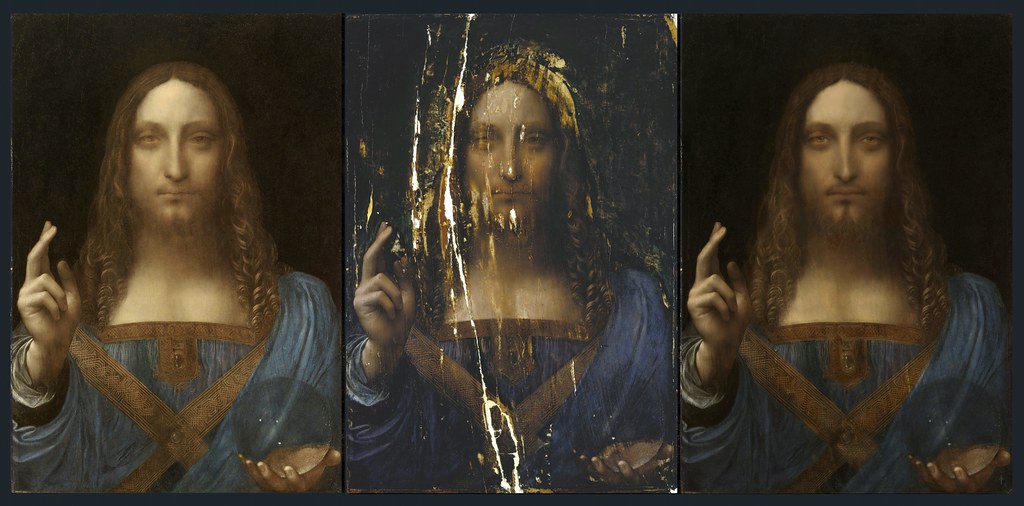
The restoration process is a harmonious blend of artistry and science. It commences with a rigorous scientific analysis of the artwork in question. Modern technology has equipped conservators with a vast array of tools, including advanced imaging techniques such as infrared and ultraviolet photography, radiography, and microscopic examination. These tools reveal hidden details, structural flaws, and damage that may elude the unaided eye.
The scientific precision of this analysis is essential, as it informs all subsequent restoration decisions. Understanding the molecular composition of pigments, the aging characteristics of materials, and the environmental factors that impact an artwork’s condition is fundamental to ensuring that the integrity of the artwork remains intact.
The Battle Against Time

Time is the arch-nemesis of art. As artworks age, they confront an array of insidious threats, including environmental factors like humidity, temperature fluctuations, and airborne pollutants. These silent adversaries can cause colors to fade, surfaces to crack, and organic substrates to decay. Conservators must remain vigilant, tirelessly controlling these variables to thwart further deterioration. This ceaseless battle against time is a testament to the dedication and unwavering commitment of art conservators.
Institutions housing artworks often invest in climate-controlled environments that mimic the conditions in which an artwork thrives. By maintaining stable humidity levels and temperature, conservators create microclimates that offer a protective shield against the ravages of time.
The Ethics of Restoration
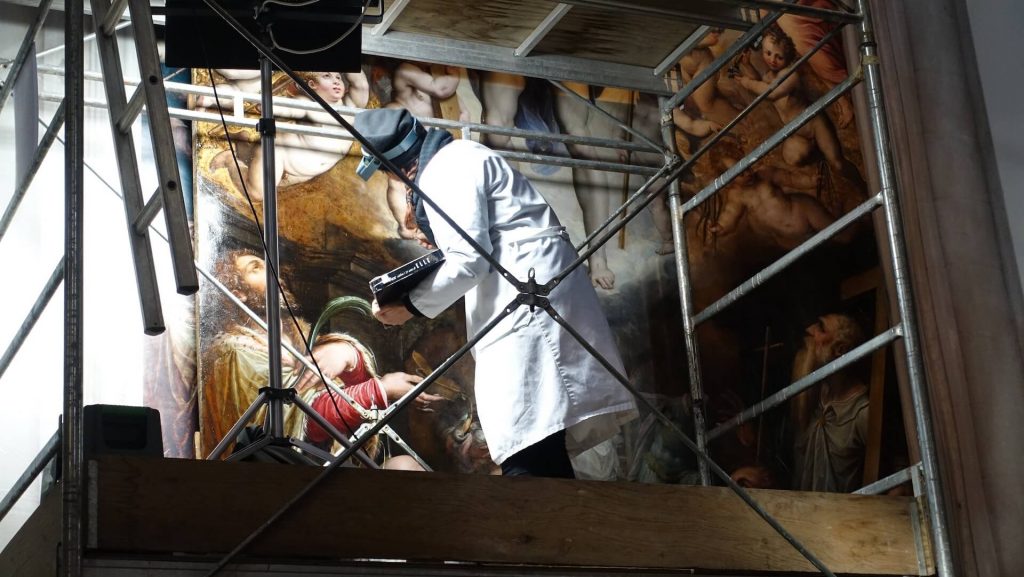
The realm of art conservation is not without its ethical conundrums. Each restoration decision must delicately balance between preserving an artwork’s original integrity and ensuring its longevity. These questions often spark vigorous debates within the conservation community:
- How much restoration is too much?
- Should the marks of time and previous restorations become part of the artwork’s history, or should they be erased in the pursuit of perfection?
- These ethical considerations underscore the profound responsibility conservators shoulder when intervening in an artwork’s life story.
Masters of the Craft
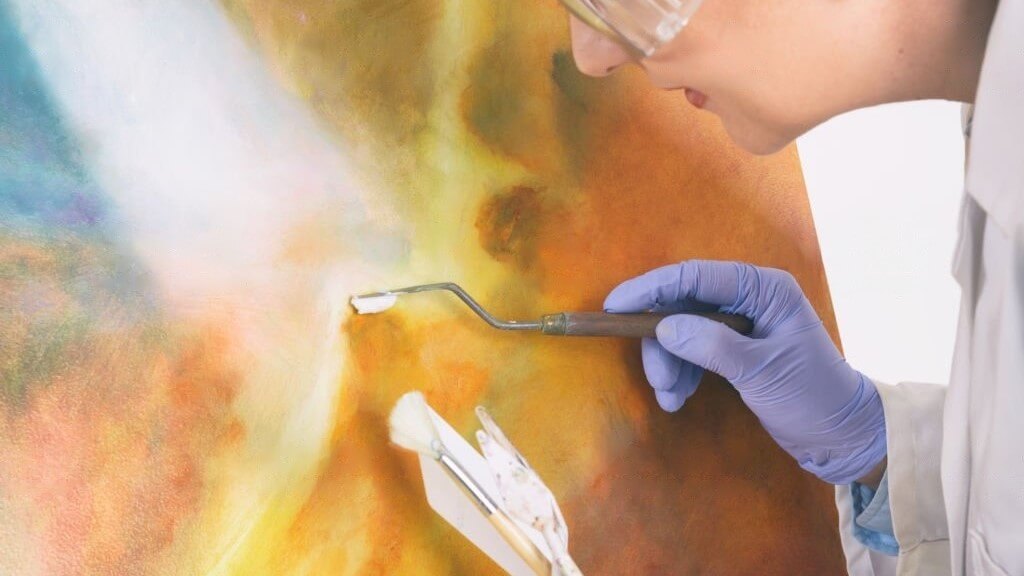
Becoming an art conservator or restorer is a monumental undertaking that demands a deep well of knowledge and expertise. It requires a profound understanding of art history, chemistry, and materials science. Practical experience is acquired through rigorous training and apprenticeships under experienced mentors.
Many conservators choose to specialize in specific types of art, such as paintings, textiles, or sculptures. This specialization allows them to hone their skills and knowledge over years of dedicated practice. The result is a cadre of master craftsmen and women capable of breathing new life into even the most delicate and ancient of artworks.
Restoring the Masters
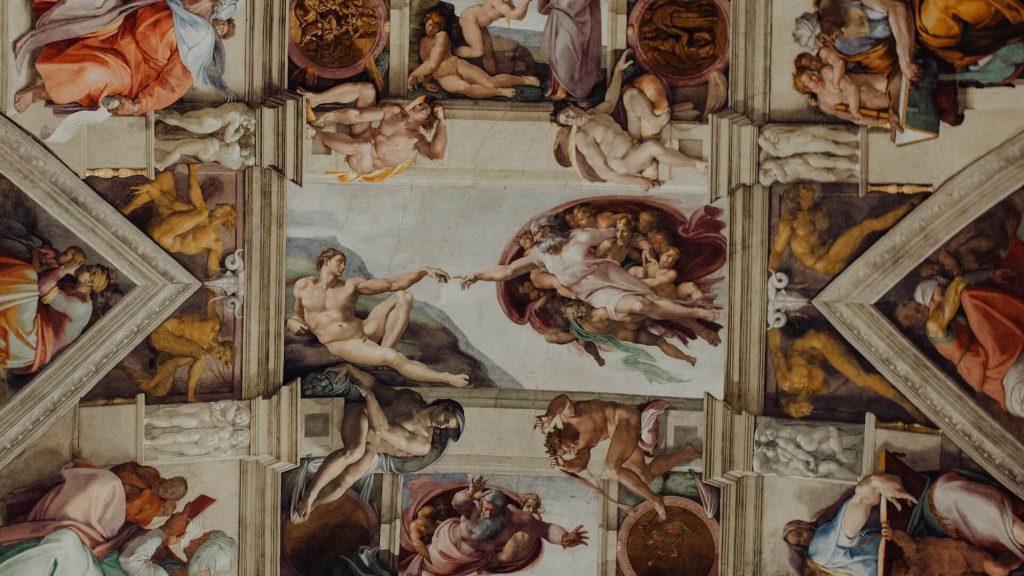
One of the most awe-inspiring facets of art restoration is the opportunity to work on renowned masterpieces. Iconic artworks like Leonardo da Vinci’s “Mona Lisa” or Michelangelo’s Sistine Chapel ceiling have undergone meticulous restoration processes. These monumental undertakings, often spanning years, are not only a testament to the conservators’ skill but also a gift to humanity. They enable future generations to experience these legendary works of art as their creators intended, down to the minutest detail.
These projects are carried out with the utmost care, often involving interdisciplinary teams of conservators, scientists, and art historians. Every decision, from the choice of solvents for cleaning to the retouching of damaged areas, is guided by an unwavering commitment to fidelity to the original artwork.
The Hidden Stories Within Art
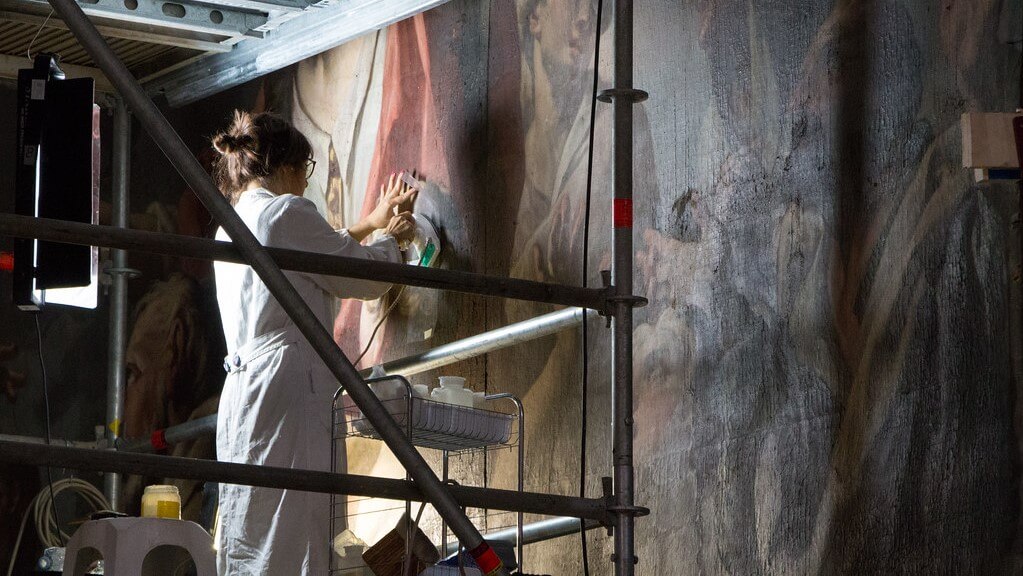
Art conservation often reveals hidden narratives within artworks. Under layers of grime, overpainting, and accumulated history, conservators have unearthed forgotten details, hidden signatures, and entirely different compositions. These revelations not only enrich our understanding of the artist’s intent but also offer new insights into historical contexts and artistic processes. They remind us that art is not static but a living, evolving entity that continues to speak to us across the ages.
Through meticulous research and restoration work, conservators peel back the layers of time, revealing the stories concealed beneath the surface. These revelations breathe new life into the art and deepen our appreciation of its creators.
Beyond the Canvas
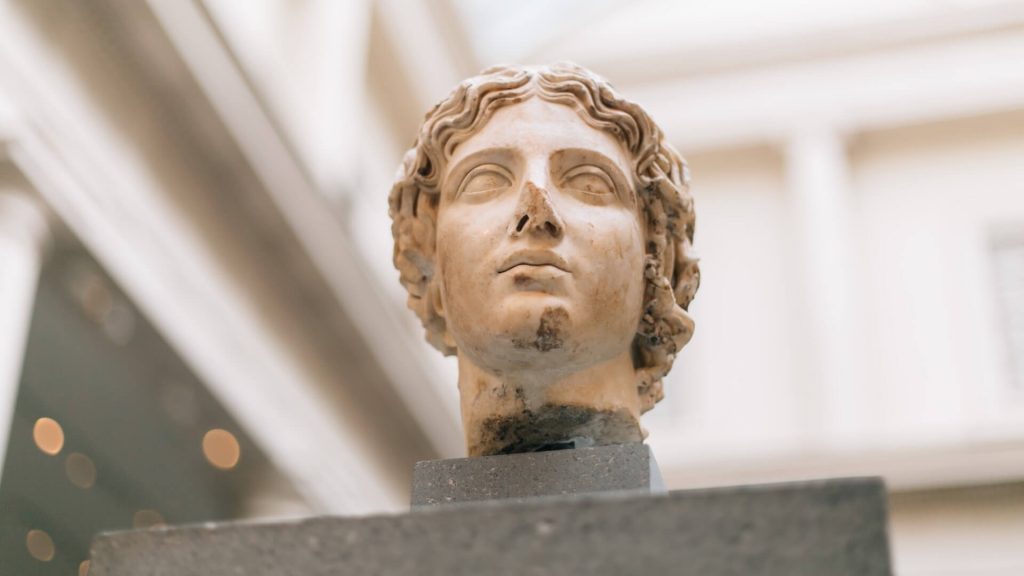
While paintings may be the most celebrated subject of conservation, art manifests in an astonishing variety of forms. Conservators confront an array of materials, from fragile porcelain figurines to monumental outdoor sculptures. Each material presents its own unique challenges and demands specialized expertise and techniques.
For instance, conservators dealing with sculptures must consider not only the artwork’s surface but also its structural stability. They employ methods such as x-radiography, stress analysis, and material compatibility testing to ensure that a sculpture stands the test of time.
Likewise, conserving textiles involves meticulous cleaning, repair, and mounting techniques. This discipline combines artistic sensibility with textile science, as conservators work to stabilize delicate fabrics and preserve their vibrant colors and intricate designs.
The Price of Neglect
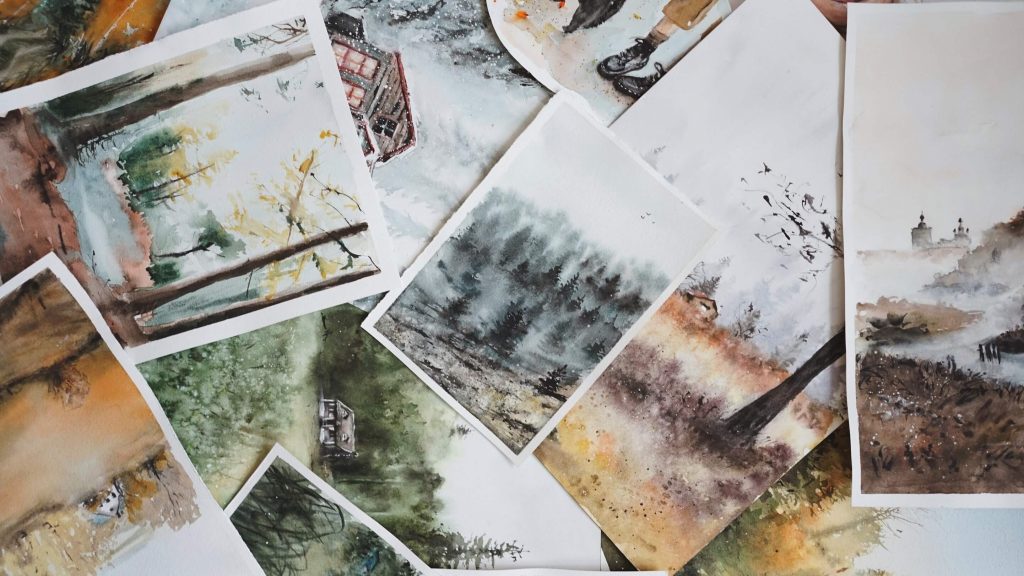
The consequences of neglecting art conservation and restoration are profound and irreparable. We can lose irreplaceable pieces of our cultural heritage forever, creating voids in our shared history and human experience. The world is deprived of the beauty, history, and insight that art provides. The silent testimonies of civilizations, the whispers of ancient cultures, and the boundless creativity of humanity risk fading into obscurity.
This sobering reality underscores the vital role conservators and restorers play in preserving our shared legacy. Their tireless efforts ensure that the cultural treasures of our world remain vibrant and accessible for generations to come. In doing so, they safeguard the beauty and stories of the world’s most treasured artworks.
Conclusion
Art conservation and restoration transcend mere acts of preservation; they are acts of love, dedication, and reverence for the cultural treasures that define our world. Through meticulous research, cutting-edge technology, and unwavering commitment, conservators and restorers safeguard our past, enrich our present, and ensure a vibrant artistic legacy for generations to come. In this profound partnership between the past and the future, they stand as the guardians of our cultural heritage, preserving the beauty and stories of the world’s most treasured artworks. Their work is a testament to the enduring power of art and its remarkable ability to transcend time, serving as a beacon of human creativity, expression, and history.